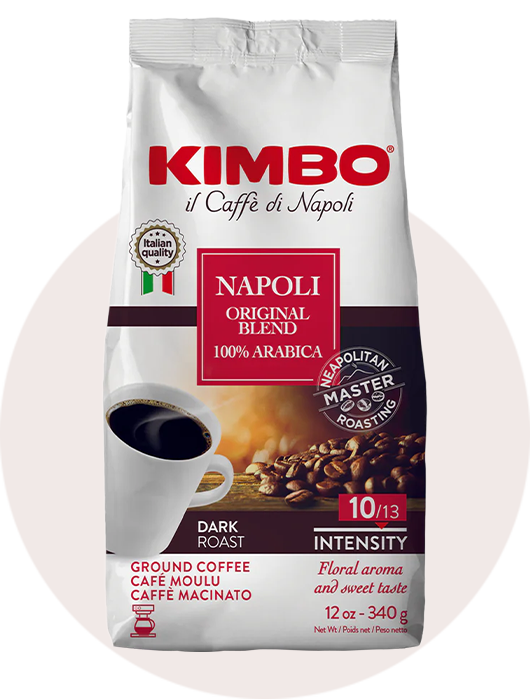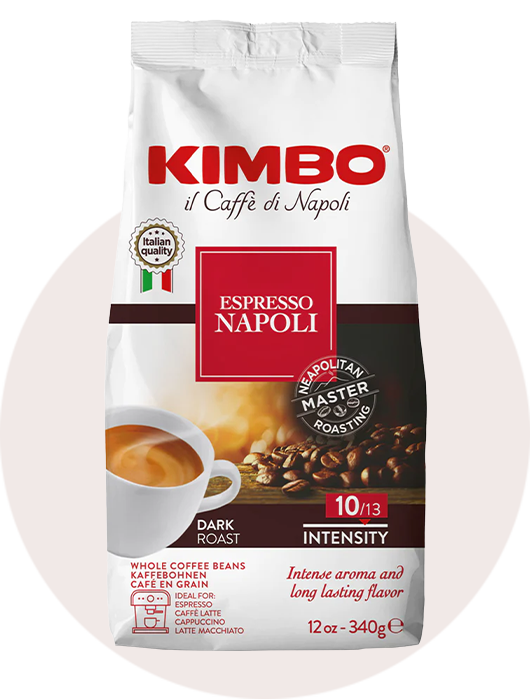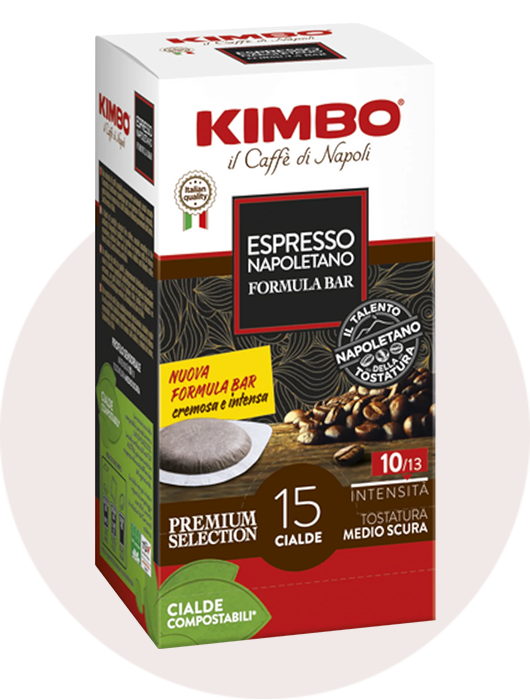Crafting the perfect espresso shot is an art that requires precision and skill. One of the most crucial elements in this process is grinding the coffee beans. The grind size and consistency directly impact the flavor, aroma, and overall quality of your espresso. In this blog post, we'll dive into the secrets of grinding beans for espresso, exploring the best techniques, tools, and tips to help you achieve café-quality results at home.
Understanding the Role of Grind Size in Espresso Extraction
The grind size plays a pivotal role in espresso extraction. If the grind is too coarse, water will flow through the grounds too quickly, resulting in under-extraction and a weak, sour shot. On the other hand, if the grind is too fine, the water will struggle to pass through, leading to over-extraction and a bitter, astringent flavor. Finding the sweet spot – a fine, powdery consistency similar to table salt – is key to a balanced, delicious espresso.
Several factors can influence the ideal grind size, such as the origin and roast level of the beans, as well as environmental conditions like humidity. Lighter roasts and denser beans may require a finer grind, while darker roasts and older beans may need a slightly coarser grind. Experimenting and adjusting your grind based on these variables is part of the fun and challenge of espresso making.
Choosing the Right Grinder for Espresso
Investing in a quality grinder is essential for serious espresso enthusiasts. Burr grinders, which crush beans between two abrasive surfaces, are far superior to blade grinders that indiscriminately chop the beans. Burr grinders produce a much more consistent particle size, which is critical for even extraction.
When shopping for a burr grinder, you'll encounter conical and flat burr designs. Conical burrs are typically quieter and generate less heat, while flat burrs offer more uniform grinding. Both can perform well for espresso, so it often comes down to personal preference.
Other key features to consider include stepless grind adjustment for fine-tuning, low grind retention to minimize waste and stale grounds, and durable burr materials like hardened steel or ceramic. Whether you opt for a doser or doserless model depends on your workflow and preference.
Quality espresso grinders span a wide price range, from entry-level options around $200 to high-end models exceeding $1,000. Investing in the best grinder you can afford will pay dividends in the quality of your espresso.
Dialing In Your Grind: A Step-by-Step Guide
Dialing in your grind involves finding the perfect setting for your specific beans and equipment. Start with a grind size slightly finer than table salt, then dose 18-20 grams of beans into your portafilter. Distribute the grounds evenly and tamp with consistent pressure.
Pull a test shot, aiming for a 1:2 ratio of coffee to liquid (e.g., 18g in, 36g out) in 25-30 seconds. If the shot runs too quickly and tastes sour, adjust the grind finer. If it's slow and bitter, go a bit coarser. Taste, evaluate, and repeat until you achieve a balanced, delicious shot.
The "pinch test" is a helpful way to gauge grind consistency. Pinch some grounds between your fingers – they should clump slightly but not stick excessively. Keep a grind log to track your settings for different beans and blends, making it easier to dial in future shots.
Advanced Grinding Techniques
Once you've mastered the basics, you can explore advanced grinding techniques to further optimize your espresso. Single dosing, or grinding only the beans needed for each shot, can help maintain freshness and reduce waste. The Weiss Distribution Technique (WDT) involves stirring the grounds with a thin needle to break up clumps for an even extraction.
If static buildup is an issue, try the Ross Droplet Technique (RDT) by adding a drop or two of water to your beans before grinding. Regularly cleaning and aligning your grinder burrs can also improve performance and consistency.
Experiment with different grind settings for various espresso styles. A finer grind is ideal for ristretto shots, while a slightly coarser grind works well for lungo shots. Dialing in your grind opens up a world of possibilities for exploring the nuances of espresso.
Troubleshooting Common Grind Issues
Even with a perfect grind, issues like channeling can arise. Channeling occurs when water finds paths of least resistance through the puck, resulting in uneven extraction. Causes include uneven distribution, tamping too hard, or a grind that's too fine. Adjust your technique and grind size to resolve channeling.
Clumps and static buildup can also disrupt even extraction. WDT and RDT can help mitigate these issues, as can regularly cleaning your grinder and using a portafilter funnel.
Different roast levels and bean densities may require grind adjustments. Lighter roasts and high-altitude beans often need a finer grind, while darker roasts and softer beans may extract better with a slightly coarser grind.
Over time, grinder burrs will wear down and lose their sharpness. Replace your burrs every few hundred pounds of coffee (refer to your grinder manual) to maintain optimal performance.
Maintenance and Cleaning
Keeping your grinder clean is crucial for consistent performance and flavor. Establish a regular cleaning schedule, brushing out the burrs and wiping down the hopper weekly. For a deeper clean, grind a few grams of grinder cleaner.
To thoroughly clean your grinder, remove the hopper and burrs (consult your manual) and brush out any residue. Wipe down all surfaces with a damp cloth, then dry completely before reassembling.
Proper storage is also key to freshness. Keep whole beans in an airtight container away from light, heat, and moisture. Avoid refrigerating or freezing beans, as condensation can degrade quality. Grind only what you need for each shot to enjoy the best flavor and aroma.
Experimenting with Different Grind Settings
The grind size not only affects extraction but also influences the mouthfeel and body of your espresso. A finer grind can produce a thicker, more syrupy shot, while a coarser grind may yield a lighter, thinner body.
Experimenting with small grind adjustments can help you discover different flavor profiles within the same bean. A slightly finer grind may highlight bright, acidic notes, while a coarser grind can accent deeper, chocolatey tones.
While espresso requires a fine grind, other brewing methods like pour-over, French press, and cold brew demand coarser grinds. Dialing in your grind for these methods follows similar principles of taste, adjust, and repeat until you find the sweet spot.
Conclusion
Grinding for espresso is essential. Learn how grind size affects extraction, use a quality grinder, and practice dialing in to pull café-level shots. Espresso rewards patience and experimentation—note what works, learn from misses, and try new approaches. With steady effort, you’ll pour shots that rival your favorite café.






